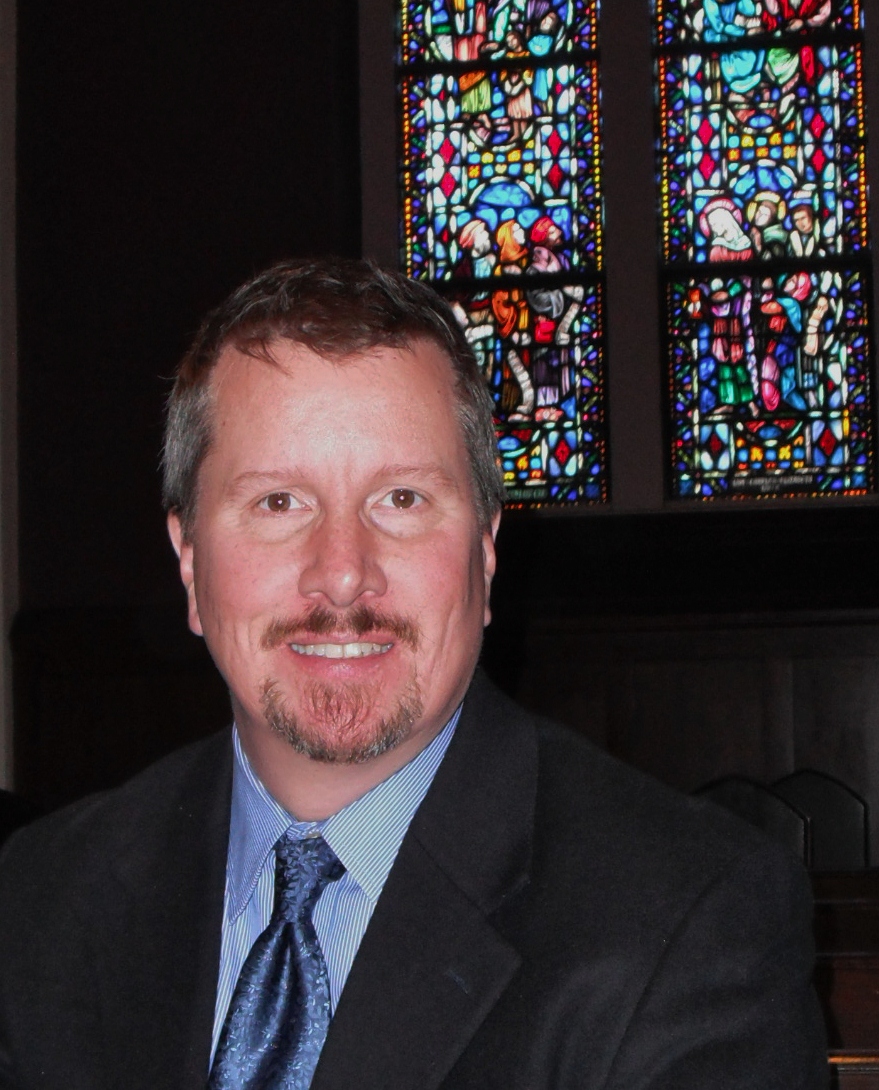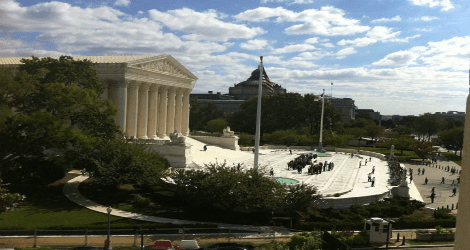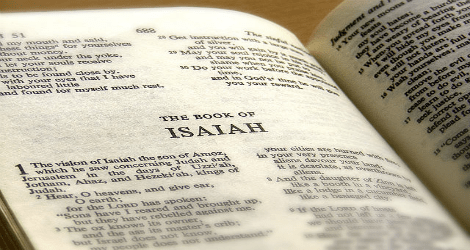Everyone in the story learns something before the day is done. The disciples assume that the hungry crowd is helpless and must either be dispersed with their needs ignored or become dependent on the social service of the disciples. Jesus teaches them instead how to organize the crowd into a community and how to look more deeply to discover the abundant resources already present—resources the crowd itself may not have known existed. From the outset, the disciples see the crowd as their burden, a drain on their energy, and a responsibility beyond their capabilities. Jesus demonstrates how even the disciples’ own needs are met when they trust the resourcefulness of those with whom they are in ministry. Lest this point be lost, Mark drives it home in the final verse. The weary and hungry disciples, who at the start “have no leisure even to eat,” at the end collect twelve baskets full of broken pieces of bread and fish—one basket for each of them!
This is the basic dynamic of organizing.
The Quaker writer Parker Palmer has suggested that the tension in the story—and the tension in our culture—is between what Old Testament scholar Walter Brueggemann calls the “myth of scarcity and the liturgy of abundance.” The worry over scarcity drives the disciples to doubt their own leadership, to discount the crowds’ resources, to want to send the people away, and to imagine that their needs will be met only if each person fends for himself or herself. The myth of scarcity leads to isolation.
The liturgy of abundance is celebrated in community. Jesus pushes the disciples into relationship. Their leadership is still critical; it is they who organize the crowd into groups. But it is in relationship in the context of community that the resources flow.
So it is in organizing: Leaders learn the art of the “individual, one-to-one, relational meeting,” leaving the safe confines of hearth and home to forge relationships across social divides. And, as happened to the disciples, out of community comes common action. Whereas in social outreach ministries, churches often meet neighbors at the point of their need—through food pantries and soup kitchens and shelters—in organizing, relationships are formed at the point of strength.
The Iron Rule of organizing is “Never do for others what they can do for themselves.” Organizers enter a community not to catalogue a litany of the community’s deficits, but to identify and train leaders. A fundamental assumption of organizing is that every community has within it leaders capable of acting on their own behalf in relationship with others. The goal of organizing is to find and cultivate those leaders.
This is a lesson that leaders, in and out of the church, must learn and relearn again and again.
Most church leaders know the experience of feeling as if everything depended on them, and all have had moments at least when the needs of the congregation feel like a burden. Leaders and managers in the corporate and nonprofit world know the same experience. The myth of scarcity leads us to imagine that we are the only ones with leadership skills, and—again like the disciples—to assume that the only options are to send people away with their needs unmet or to have them depend upon us alone.
___________________________________________
Organizers enter a community not to catalogue a litany of the community’s deficits, but to identify and train leaders. A fundamental assumption of organizing is that every community has within it leaders capable of acting on their own behalf in relationship with others.
___________________________________________
Perhaps in a misguided attempt to please those we serve, clergy are often the worst violators of the Iron Rule. We are constantly doing for others what they are fully capable of doing for themselves. Congregations do the same thing. We assume that the most “Christ-like” thing we can do in the community outside our door is to identify a need and then meet it.
For most congregations, organizing requires a fundamental reorientation of our approach. The community around the church has resources, not just needs, and our role in organizing is to help identify them.
Mark’s narrative invites us to abandon our assumptions of scarcity and trust the abundant resources of the communities in which we serve, both inside and outside the congregation. While there are certainly times when going on retreat is appropriate and getting away to a deserted place by ourselves is just what the doctor ordered, Jesus refuses to let the needs of the crowd be ignored because that is our need. If we come to feel that it all depends upon us, then the recourse is not to escape for a time, only to return so that once again we can be the sole provider of leadership in our congregations and communities, but to look more deeply, to “go and see” what resources are present that we have not yet discovered. The promise of community, and the testimony of organizing, is that we will discover resources in such abundance that not only will the community discover its capacity to meet its own needs, but our own spirits will be fed in the process. At the end of the day, there is a basket for each one of us, too.
In Mark’s story, Jesus gives the disciples the authority to organize the crowd. He tells them to have the people sit down in groups on the green grass. In our communities today it is not always clear who has such authority. There was a time in American culture when many groups—political parties, unions, community associations—were at work organizing people for collective action, identifying and developing leadership. Today, in most of our urban areas and increasingly in our rural and suburban communities as well, organizing work takes place in a vacuum. In the majority of our communities, no one is fulfilling the basic mandate of Jesus’ task to “go and see what you have.”
In this vacuum, faith-based community organizing dares to claim for itself such authority to act. In hundreds of communities across the country, leaders of church and synagogue are sitting down in church basements, in neighbors’ living rooms, in neighborhood coffee shops to ask the most basic questions out of which community may emerge: “What are your dreams for the community in which you live? What would you do to make things better? Are you willing to join together with others so that we might work to change the way things are?”
We do so not to advance the agenda of the church, but to discover and actualize the agenda of the community. At the start of such work, resources often appear meager, like the five loaves and two fish. The liturgy of abundance invites us to trust that out of such meager resources miracles can happen.
Reflection Questions
Where do you see the tension between scarcity and abundance involved in your church and community work? Describe it.
How, specifically, would things change if you operated on the liturgy of abundance instead of the myth of scarcity?
 The Rev. Dr. Jeff Krehbiel has served for eleven years as pastor of Church of the Pilgrims in the Dupont Circle neighborhood of Washington, D.C. He has been involved in church-based community organizing for over 25 years, previously serving churches in Wilmington, Delaware, and New York City. He is co-chair of the Washington Interfaith Network, an affiliate of the Industrial Areas Foundation, the oldest and largest community organizing network in the country.
The Rev. Dr. Jeff Krehbiel has served for eleven years as pastor of Church of the Pilgrims in the Dupont Circle neighborhood of Washington, D.C. He has been involved in church-based community organizing for over 25 years, previously serving churches in Wilmington, Delaware, and New York City. He is co-chair of the Washington Interfaith Network, an affiliate of the Industrial Areas Foundation, the oldest and largest community organizing network in the country.






Unbound Social